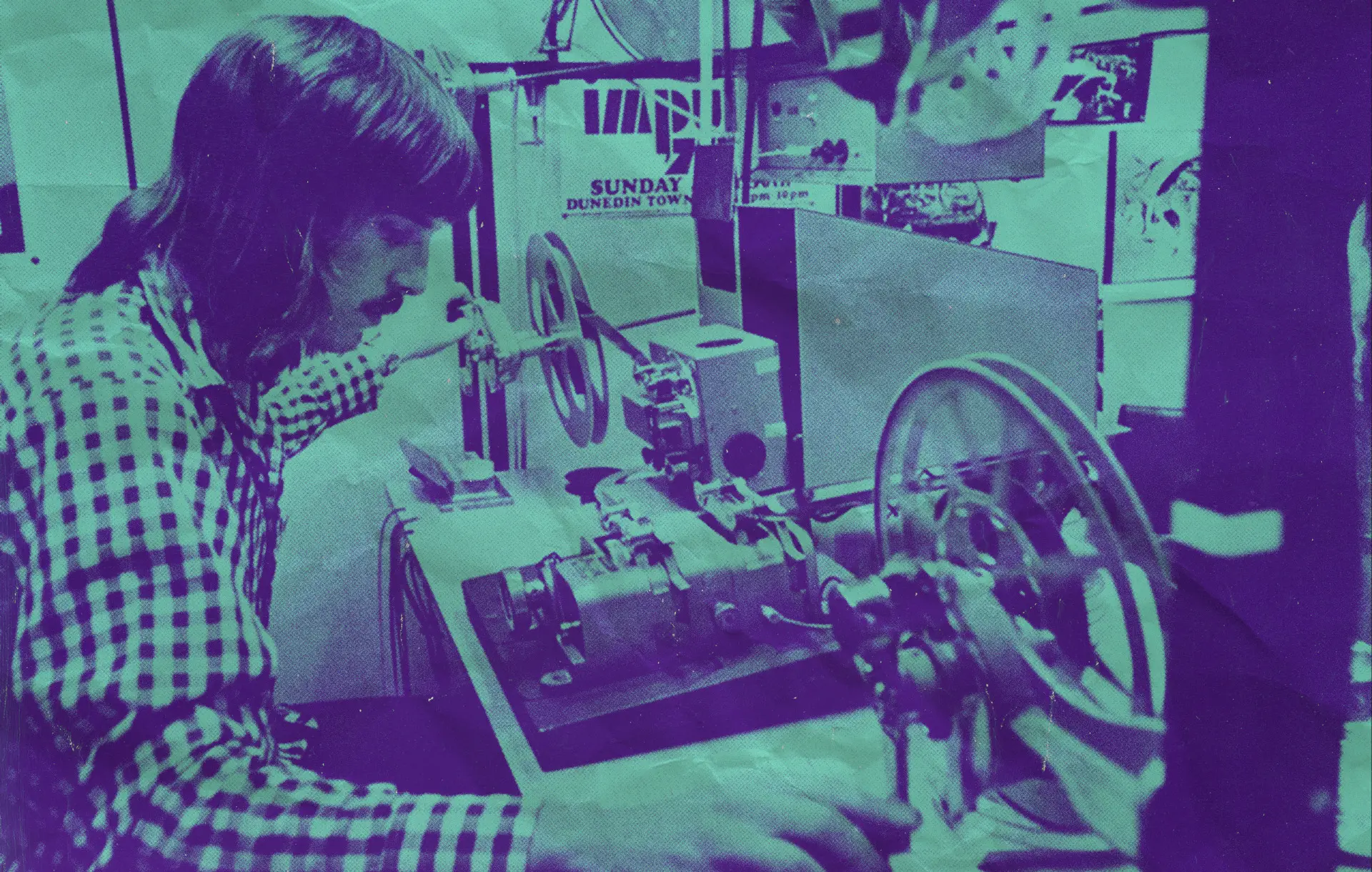‘Fix it in Post’ is a practice in the entertainment industry that most editors frown upon but some filmmakers have a weakness for. It is a term commonly used in the filmmaking industry that simply means recognizing an issue while you’re still on set and thinking that it will be “more efficient or cost-effective” to correct it in post-production, via PetaPixel.
Due to the wide array of powerful and advanced editing tools and software that can do anything and everything from adding effects to erasing imperfections to correcting imbalances, some filmmakers easily resort to this solution because they believe that it is more practical than having to go through the arduous and expensive process of reshooting the entire scene.
The Problems With ‘Fix it in Post’
However, there are important reasons as to why veteran filmmakers as well as post-production professionals frown upon this practice and would rather get it right from the get-go or do some reshoots if needed. Here’s why:
When filming, there are instances wherein street noises interfere with sound or equipment and the crew could get in the way of the shot. For instance, the most common issue is when boom mics get into the frame. If you spot this early on the director’s monitor, it’s best to rectify this sooner than later. The only time you should fix anything in post is when you found out about the issue too late and a reshoot is not possible at all.
Another feature that some filmmakers take advantage of without realizing that is detrimental to the final output is using Auto White Balance. By using this as your default setting, you are increasing the risk of having inconsistent lighting and color temperature, white balance, contrast, etc. This is the reason why production should prioritize hiring a professional Digital Imaging Technician (DIT) to catch these inconsistencies instantly and work alongside other crew members in finding the right settings to capture the perfect shot. Fixing this in post will not only be a nightmare but there is also a chance that it can actually be impossible to fix.
there are important reasons as to why veteran filmmakers as well as post-production professionals frown upon this practice
Some would think that cropping a part of the video to hide a mistake is an easy fix. However, doing so actually compromises the resolution of the shot, especially if you are not shooting in 4k. Not only is this unappealing but also a waste of time and money if the shot turns out to be unusable in the end.
The entertainment industry is notorious for its fast-paced environment and tight deadlines. Studios and production companies are always in a race against time so they have certain standards and expectations that must be met on schedule. If most aspects and shots in the film need to be corrected in post-production, that would take extra time, money, and energy to get it done, which will affect the entire schedule of the production and eventual release of the film.
Not to mention, visual effects are difficult to edit especially if they’re done poorly in the shoot and oftentimes, they would end up looking artificial when manipulated in software. Furthermore, some production companies prefer a same-day delivery or turnaround for the files, so the only option is really getting it right as you start recording.
Planning is Everything
Time is of the essence when it comes to filmmaking not only because you are dealing with deadlines and companies shelling out the big bucks, but especially because you are consuming people’s own valuable time and energy (and sanity). The amount of time it takes to retouch, erase, adjust, and edit can unproductively set you back so having a plan or system in place beforehand to spot these errors will allow you to focus more on other important things.
However, it doesn’t necessarily imply that fixing footage in post is completely wrong, there are instances such as erasing trademarked products or logos to avoid paying licensing fees in which this practice is essential. The key to a successful film project is understanding the value of preparation in pre-production, hiring professional and experienced crew members to give advice on set, and doing everything with utmost accuracy and professionalism every step of the way.




